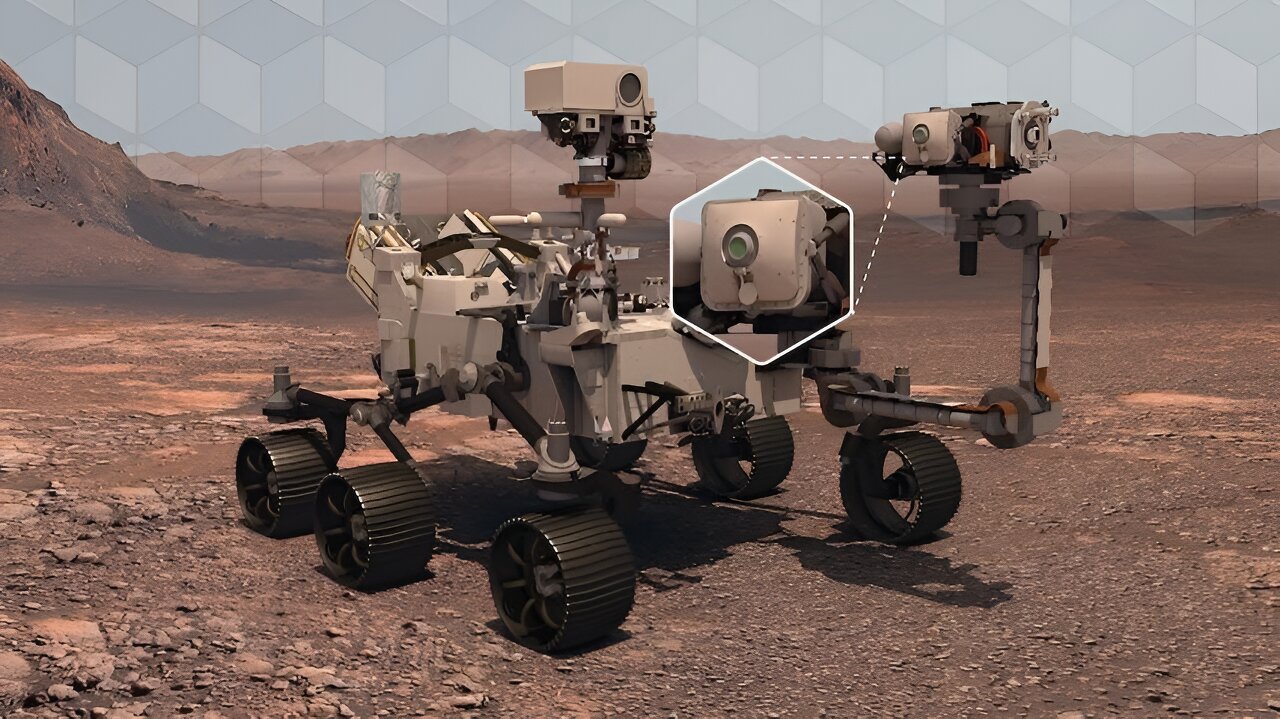The new algorithm used on the Perseverance rover can solve not only the problems the rover has encountered on the Red Planet. It can also be useful for predicting hurricanes and forest fires on Earth.

Innovative algorithm
A new algorithm tested on NASA’s Perseverance rover on Mars could lead to better forecasting of hurricanes, wildfires and other extreme weather events impacting millions of people around the world.
Georgia Institute of Technology graduate student Austin P. Wright is the first author of a paper introducing Nested Fusion. A new algorithm improves scientists’ ability to search for past signs of life on the surface of Mars.
This innovation supports NASA’s Mars 2020 mission. In addition, scientists from other industries working with large overlapping datasets can use Nested Fusion techniques in their research.
Wright presented his work at the International Conference on Knowledge Discovery and Data Mining 2024 (KDD 2024), where it was awarded second place in the Best Paper category. The paper is published in Proceedings of the 30th ACM SIGKDD Conference on Knowledge Discovery and Data Mining.
“Nested Fusion is really useful for researchers in many different domains, not just NASA scientists,” said Wright. “The method visualizes complex datasets that can be difficult to get an overall view of during the initial exploratory stages of analysis.”
Single visual distribution of data
Nested Fusion combines datasets with different resolutions to create a single high-resolution visual distribution. Using this method, NASA scientists can more easily analyze several datasets from different sources simultaneously. This could lead to a more rapid study of the composition of the surface of Mars to look for signs of previous life. The algorithm demonstrates how data science impacts traditional scientific sectors such as chemistry, biology and geology.
In addition, Wright is developing Nested Fusion applications for modeling changing climate, plant and animal life, and other concepts in Earth science. This method can combine overlapping datasets from satellite photos, biomarkers, and climate data.
Wright is responsible for data science and machine analysis in PIXLISE, the software that NASA JPL scientists use to study data collected by the Perseverance rover on Mars.
Perseverance uses its Planetary Instrument for X-ray Lithochemistry (PIXL) to collect data on the mineral composition of Mars’ surface. The two main instruments of PIXL are the X-ray fluorescence spectrometer (XRF) and the multi-context camera (MCC).
Advantages of the Nested Fusion method in scientific research
When PIXL scans the target area, it creates two equalized component datasets. XRF collects the small-scale element of the sample. MCC creates an image of the sample to collect visual and physical details such as size and shape.
One X-ray spectrum corresponds to approximately 100 pixels of the MCC image for each scan point. The unique resolution of each tool makes it difficult to compare overlapping data layers. However, Wright and his colleagues developed Nested Fusion to overcome this obstacle.
In addition to advancing data science, Nested Fusion improves the workflow of NASA scientists. Using this method, a single scientist can generate an initial estimate of the mineral composition of a sample in a matter of hours. Before Nested Fusion, this task required days of collaboration between teams of experts on each individual tool.
Recognizing the importance of Nested Fusion to the scientific community
Nested Fusion took second place for the best paper on applied data science. Hundreds of other papers were presented at the conference’s research section, workshops and seminars.
Wright’s mentors, Scott Davidoff and Polo Chau, co-authored a paper on Nested Fusion. Davidoff is a principal scientist at NASA’s Jet Propulsion Laboratory. Chau is a professor in the School of Computational Science and Engineering (CSE) at the Georgia Institute of Technology.
“I was extremely happy that this work was recognized with the best paper runner-up award,” Wright said. “This kind of applied work can sometimes be hard to find the right academic home, so finding communities that appreciate this work is very encouraging.”
According to phys.org


